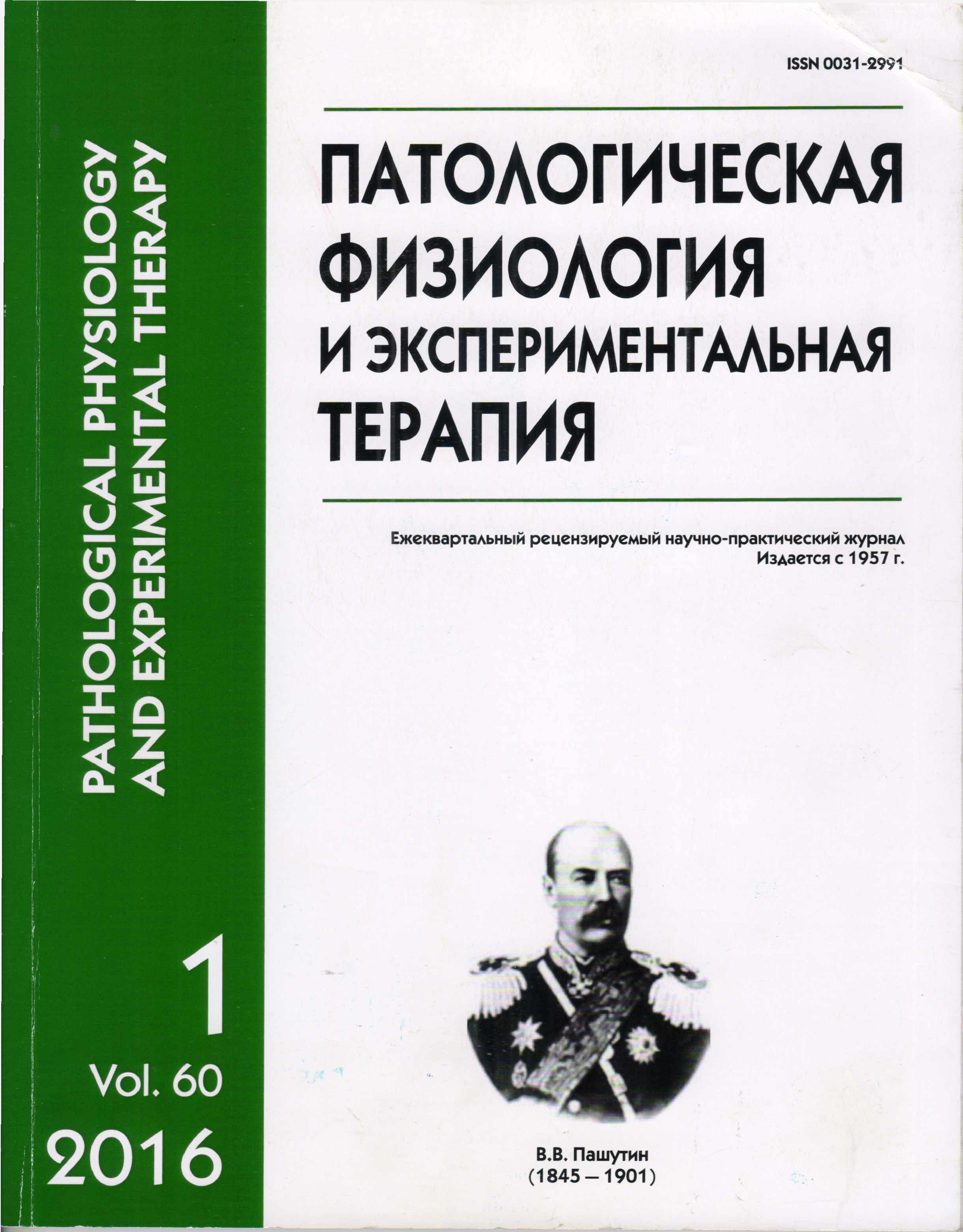Hypolipidemic activity of N-cholinergic antagonist Benzohexonium in the experiments
Keywords:
cholinergic system; benzohexonium; dislipoproteinemia
Abstract
Methods. Experiments were carried out on outbred albino male rats (n=150, 230-250 g). For modeling dislipoproteinemia (DLP) we used 3 models: single intraperitoneal injection of the detergent triton WR-1339; administration of ethanol; maintenance on a special hypercholesterolaemic diet (HD) during 21 days. Animals were divided into four groups: normal control, model group, gemfibrozil (Gfb) group, benzohexonium (Benz) group. Rats received per os benzohexonium (20mg/kg), reference drug gemfibrozil (50 mg/kg). We determined content of total cholesterol (TCh), triglycerides (TG) in samples of blood serum and liver, TCh in aorta. TCh, TG and Ch-HDL were analyzed spectrophotometrically using of standardized methods. Results. Compared with model group the contents of TCh, TG in serum and liver were significantly decreased in model+Benz group, whereas Ch-HDL was raised in rats fed special HD (P<0.05). Calculated index of atherogenity (TCh – Ch-HDL) / (Ch-HDL) showed the positive effect. Conclusion. The results obtained were shown the hypolipidemic activity of N-cholinergic antagonist Benzohexonium (20 mg/kg) lowered the content of lipids in blood, liver, and aorta.Downloads
Download data is not yet available.
Published
22-03-2016
How to Cite
Khnychenko L. K., Okunevich I. V., Losev N. A., Sapronov N. S. Hypolipidemic activity of N-cholinergic antagonist Benzohexonium in the experiments // Patologicheskaya Fiziologiya i Eksperimental’naya Terapiya (Pathological physiology and experimental therapy). 2016. VOL. 60. № 1.
Issue
Section
Original research






